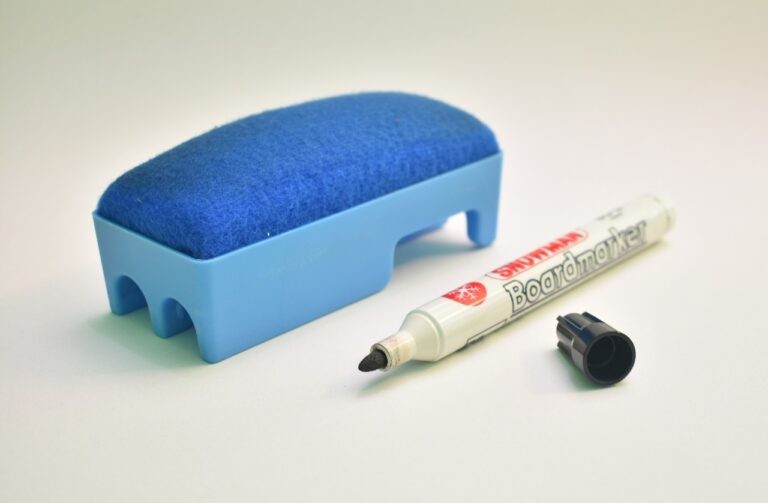Addressing Bias in Standardized Testing Instruments: Laserbook 247 com, Lotus299 id, 11xplay reddy login
laserbook 247 com, lotus299 id, 11xplay reddy login: Addressing Bias in Standardized Testing Instruments
Standardized testing has long been a controversial topic in education. While these tests are designed to measure students’ knowledge and skills objectively, many critics argue that they are inherently biased against certain groups of students. Bias in standardized testing instruments can manifest in a variety of ways, from the language used in the questions to the content being tested. In this article, we will explore some common types of bias in standardized testing instruments and discuss strategies for addressing them.
Understanding Bias in Standardized Testing Instruments
Bias in standardized testing instruments can take many forms, including cultural bias, gender bias, and socioeconomic bias. Cultural bias occurs when test questions use language or scenarios that are unfamiliar to certain cultural groups. For example, a question that references a baseball game may be more challenging for students who have never played or watched baseball. Gender bias can manifest in questions that reinforce stereotypes about the abilities of boys versus girls. Socioeconomic bias may be present in questions that assume a certain level of access to resources or experiences that may not be available to all students.
Addressing Bias in Standardized Testing Instruments
There are several strategies that can be employed to address bias in standardized testing instruments. One approach is to review test questions for language that may be unfamiliar or offensive to certain cultural groups. Test developers can also strive to include a diverse range of examples and scenarios in their questions to ensure that all students feel represented. Additionally, test administrators can provide accommodations for students who may be at a disadvantage due to bias in the test content.
Furthermore, it is essential for educators and policymakers to consider the context in which standardized testing instruments are used. High-stakes testing, where students’ scores can impact their future opportunities, can exacerbate the effects of bias in testing instruments. By creating a more holistic approach to assessment that takes into account students’ backgrounds and experiences, we can work towards a more equitable education system.
FAQs
Q: Are standardized testing instruments always biased?
A: While standardized testing instruments can be biased, efforts are being made to address and mitigate bias in these assessments.
Q: How can educators advocate for fairer standardized testing practices?
A: Educators can advocate for the use of multiple measures of assessment, accommodations for diverse learners, and ongoing review of test items for bias.
Q: What can students do if they feel they have been unfairly impacted by bias in standardized testing instruments?
A: Students who feel they have been unfairly impacted by bias in standardized testing instruments can speak with their teachers or school administrators to request accommodations or a review of their test scores.
In conclusion, bias in standardized testing instruments is a complex issue that requires a multi-faceted approach to address. By acknowledging and actively working to mitigate bias in testing instruments, we can create a more equitable education system that meets the needs of all students.







